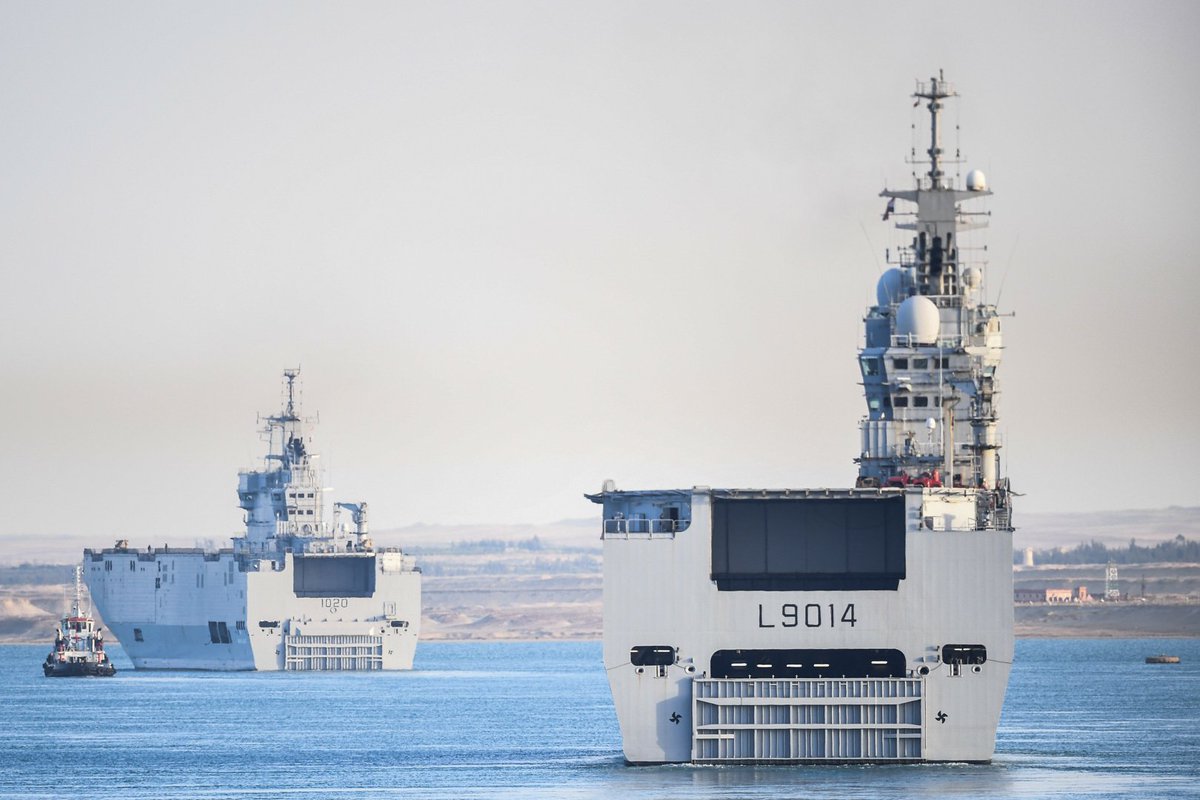Jura The idiot
General
according to DefenseNews French deal with Nexter, Texelis to provide ‘operational superiority’
/arc-anglerfish-arc2-prod-mco.s3.amazonaws.com/public/6UDD4EPXNVH4TIUHUJYESQHMRI.jpg)
looking at the picture inside:The French armed forces minister announced Monday a contract and Texelis for the development, production and service of a Light VBMR troop carrier, with more than 2,000 armored vehicles to be built by 2030.
“The contract awarded by the Direction Générale de l’Armement (DGA) includes development, manufacture and maintenance of this new vehicle for the Army,” the Armed Forces Ministry said in a statement. The law forecasts a fleet of more than 2,000 Light VBMRs by 2030, of which 689 are to be delivered by 2025.
Florence Parly had announced the result of a closely watched tender on her visit to the Nexter factory at Roanne, central France.
That contract for Nexter and Texelis was estimated to be worth some €1.2-1.3 billion (U.S. $1.5-1.6 billion), according to a defense executive, who spoke on condition of anonymity.
Nexter will supply the armored chassis, while Texelis will ship axles and drive trains for mobility packages.
There will be separate contracts for and . Thales will supply the Antares opto-electronic system for situational awareness, while RTD will provide remote weapon systems with machine guns, the executive said. That will be government-furnished equipment shipped to Nexter for fitting into the vehicles.
The total value of the Light VBMR program could be some €2 billion, the executive said.
Modernization ‘turning point’
The 15-ton, four-wheel drive vehicle will carry 10 soldiers equipped with the Felin infantry kit, the ministry said. There will be four main versions: patrol; intelligence and reconnaissance; tactical communications post; and electronic warfare.
First delivery of the patrol version is due in four years, the ministry said. The vehicles will also be equipped with the Scorpion Combat Information System (a part of the Scorpion program) information and communication system, which plugs them into an overall network. There will also be ambulance versions in the order.
The vehicles will be “fully French-made” and boost jobs in the Roanne region and the engineering offices, Nexter said in a statement. The Light VBMR will be built at the Roanne plant alongside the Griffon multirole troop carrier and Jaguar combat and reconnaissance vehicle.
“The signature of this notification marks a turning point in the of the land forces and will contribute directly to the preservation of their operational superiority in all places and situations” the ministry said.
“With this contract, Nexter is reinforcing its presence within the Scorpion program and strengthening its position as the reference player in the field of land armament,” said Stéphane Mayer, Nexter’s chairman and CEO.
“The decision of the DGA and the partnership with Nexter strengthens and confirms our strategy to be specialists in wheeled armored vehicle and public transport mobility,” said Charles-Antoine de Barbuat, the CEO of Texelis.
The Light VBMR will partly replace the aging fleet of VAB troop carriers, which have been further used in the Barkhane mission in the African Sahel region.
/arc-anglerfish-arc2-prod-mco.s3.amazonaws.com/public/6UDD4EPXNVH4TIUHUJYESQHMRI.jpg)
wonder if it's armored at allAn artist's rendering of the Light VBMR. (Nexter)





